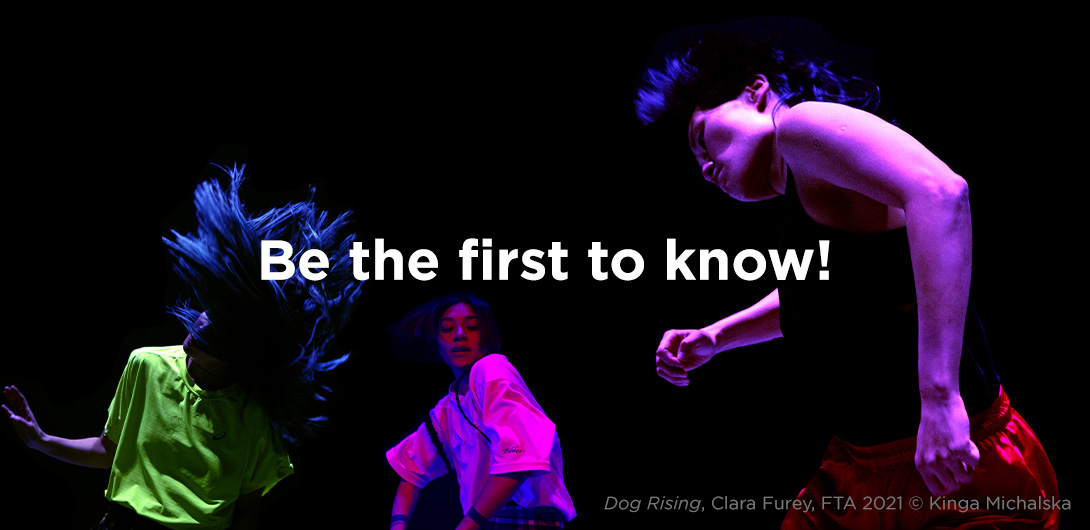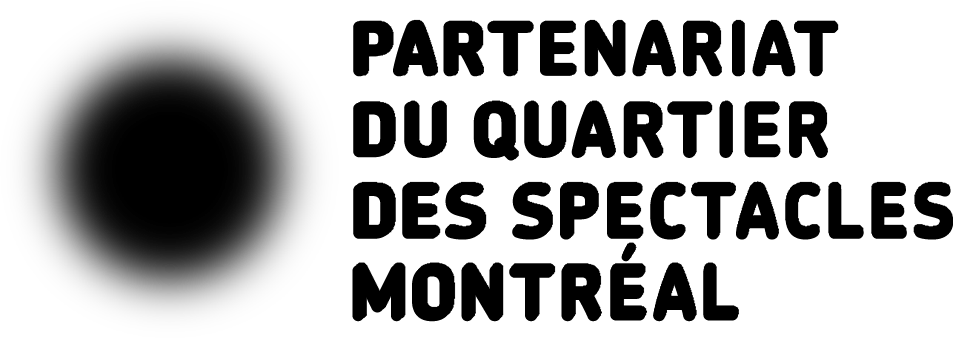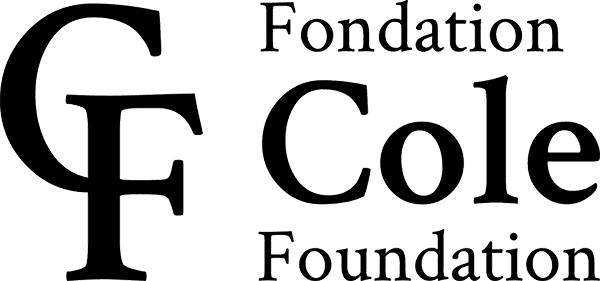Holoscenes is inspired in part by a photo taken during floods in Pakistan in 2010. What did that image say to you?
After hurricane Katrina in 2005, I became interested in media coverage of floods and extreme weather around the world.
I discovered a photo by Daniel Berehulak of a devastating flood in Pakistan in 2010. Seen from above, a dozen people are moving in strange ways through the water. Some are in water up to their necks, others up to their hips. It’s difficult to understand what is happening. That image conveys a classic but also enigmatic beauty. I found out that the photo was taken from a Pakistani military helicopter that was delivering food and water, and those people were desperately trying to retrieve the rations. It is a terrifying moment, but also a very beautiful image that reminded me of paintings by Raphael during the Renaissance.
During that period I was researching water in the 21st century – rising sea levels, flooding, drought. That was when I first encountered the term “anthropocene” to describe the Earth’s most recent geological time period, the idea that human activity is the dominant influence on the biosphere.
That led me to a vision, a sort of waking dream of a man in a room that has a bookshelf and a desk. He is sitting in a chair reading the newspaper. As the water rises to chest level, he takes a big breath and keeps turning the pages as water rises over his head. The paper is submerged and the pages disintegrate in his hands.
That visual idea led to this project, to creating sculptural performances in an aquarium. I’ve always been fascinated by aquariums. When you’re on the water’s surface you see nothing because of reflection. I find aquariums captivating, that fine membrane separating two ecologies. That minimal barrier resembles the barrier that separates reality from the dreamspace. The movement of the water, its slow transformations, the way gravity acts on water and seems to modify the laws of physics are for me a springboard for my imagination. The aquariums are made of mirror-like plexiglass. We view what is inside but also see a self-reflection, another version of oneself, an image somewhat deformed by reality.
What does the image of those individuals suddenly submerged in water, yet who continue with their activities, say about our ability to adapt to climate change?
The human being has an excellent capacity for adaptation. We are flexible, resilient and inventive, but our shortcoming is hubris. Man assumes he need not really change his behaviour because in the event of a crisis, he will solve the problem with technology.
Holoscenes also portrays our short-term thinking. The environment is being transformed, yet we do not change our behaviours. Since beginning this project in 2014 I have changed some of my habits, but have not made substantial changes to my behaviour. I increasingly feel guilty about the air travel that facilitates my art practice, that allows me to be in Montreal, yet I continue with it.”
How can art nourish reflection on climate change and how can it supplement science?
Scientists commented that the information on climate change is widely available, but it wasn’t being sufficiently reacted to by nearly anyone. People, politicians, the media are interested in the symptoms but not the sources, as that raises complex issues.
Many things have changed since the start of this project in 2011. Climate change is now part of the dominant discourse. We’re bombarded with images of catastrophes, but there is little room for imagination and contemplation. We imagine a lot of post-apocalyptic scenarios, but we do not imagine what the future might look like if we chose to act.
It has become clear to me that the major issue is not CO2 levels or pollution, but rather the human ability to make long-term decisions, our capacity for empathy across great distances, our fear of complexity. We are not good at dealing with the long-term actions that the climate crisis requires.
People who see Holoscenes wonder what it is, if it’s a real person, a hologram, a video or a magic trick. The longer they remain in doubt the more they try to comprehend, the more interested they are, under the influence of a sort of hypnosis. Awakening people’s curiosity, getting them to ask what is this work, and why is this work being made — rather than telling them outright — is often the best way to engage with them.










